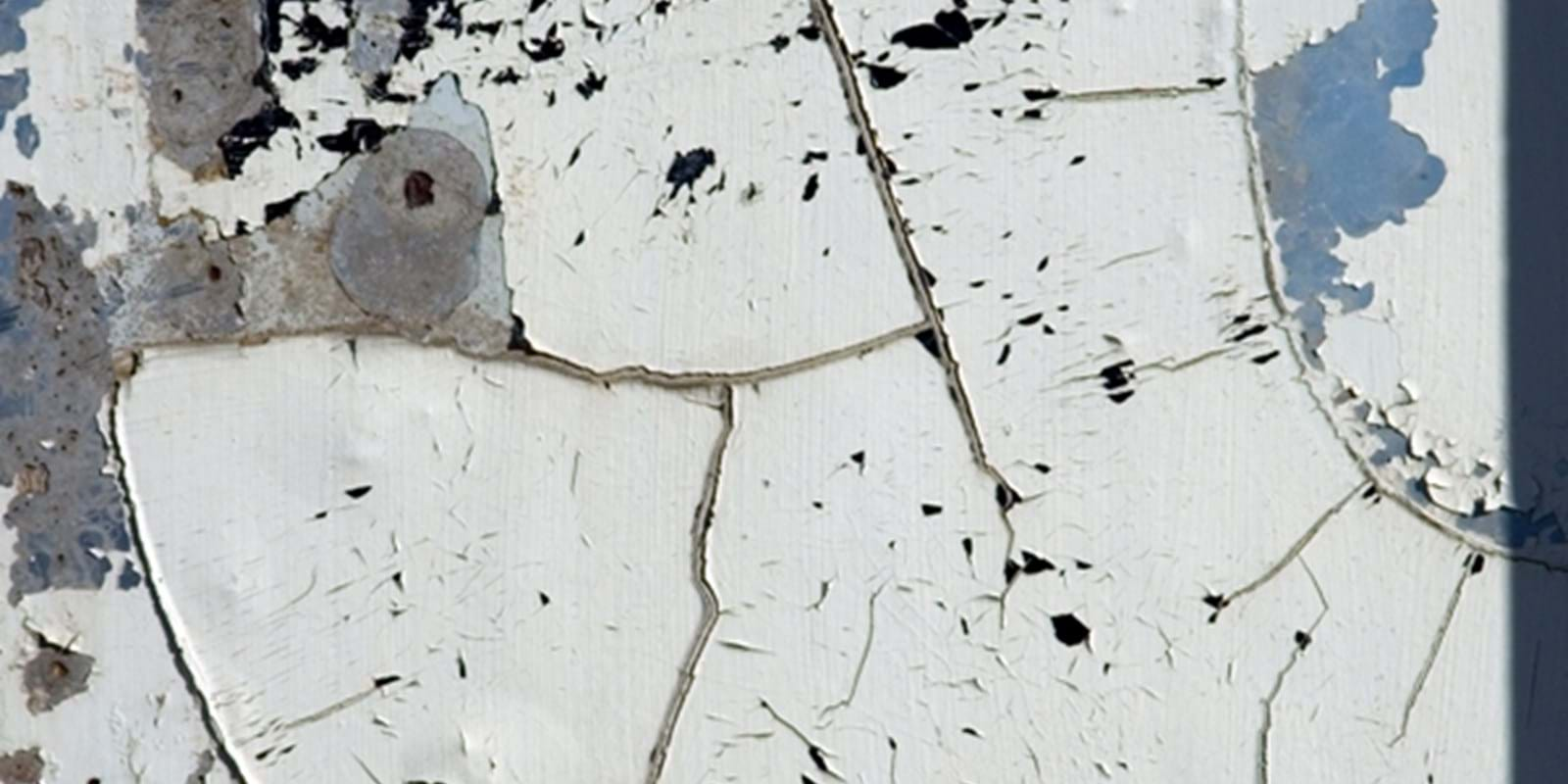With the rise in temperature of spring, residences are prone to variations in temperature and humidity. The wood used inflates and dries which can provoke interior cracks.
Although the ideal degree of humidity inside a house varies between 40 and 45%, the heating in wintertime and air-conditioning in summer reduce this rate. The drying of the ambient air which results from this has an impact on the materials used in the interior completion.
These cracks often appear at the crossing of the walls, or between the components of the staircase and with the woodworks, or one notices a disarrangement of the interior doors.
A new cracking of the steps or of the joints slightly open between the components of your staircase appear? It is possible that these small interstices are caused by drying and by the normal contraction of materials. Indeed, a prolonged period of low humidity inside can provoke a loosening of the fasteners of the staircase or shrinkage cracks.
It is the same for the mouldings and the woodworks. Low-sized openings can be caused by the natural drying of materials. However, if a space surpassing 1/16 inch (
For the interior doors, it is common to note that a door rubs, or that to close the latch, you must push more strongly.
It is also due to variations in humidity. Indeed, a too low or too high humidity can provoke the warping of the doors or the cracking of its components. Thus, a control of the humidity of the ambient air can prevent permanent deformation of these elements and is part of a programme of adequate maintenance of your property.
However, if you note that the width of the opening between the door and the jamb is higher than 1/4 of an inch (
Finally, for a house or a new building, the shrinkage cracks can appear in the first 12 months following construction. This phenomenon is due to the drying of the wood which provokes cracks in the joints because of a shrinking of the materials. In this case, it is preferable to wait until the year is finished to see which corrective measures should be brought.
And outside?
It is important to check following the snow and ice falls outside the building because of the damage that could have been caused.
According to the type of facing, it is necessary to solidify the PVC or aluminium sections which are twisted and change the sections which are more damaged. If bricks are broken, it is necessary to carry out their replacement and remake the joints of mortar which present cracks. The breaches of the concrete facings or the stucco must be clogged. Lastly, one must solidify the pieces of wood which must be solidified and block up the holes and the cracks.
It is recommended to apply new painting or new dyeing, if need be, as well as examine the walls of foundation to detect water infiltration or signs of humidity. If the foundations show cracks which exceed 1/8 of an inch of width, and which are horizontal or which are inserted in the ground, call upon a specialized contractor.

